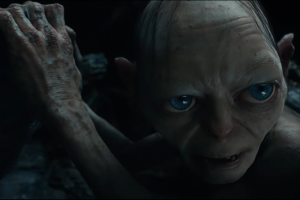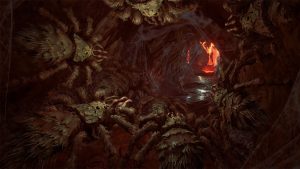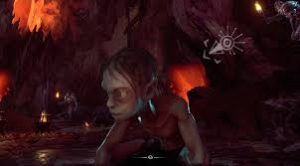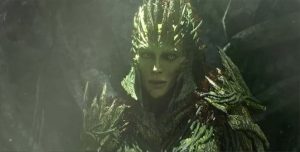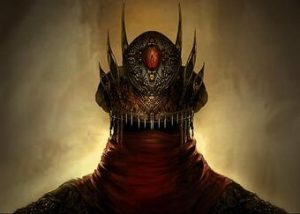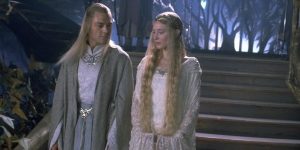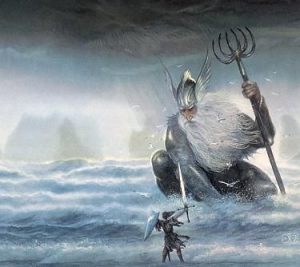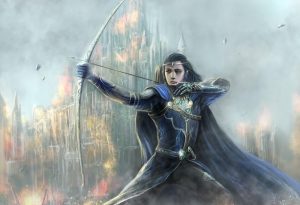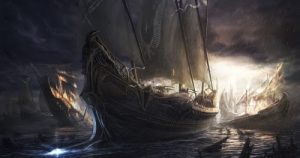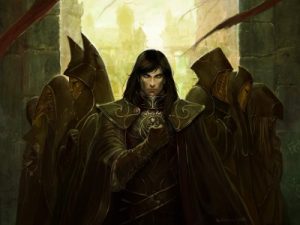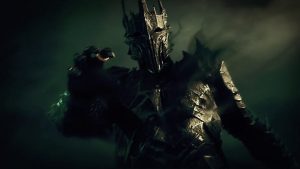I still find it hard to believe that all of this is actually happening. Just over four years ago, when Amazon Prime Studios bought the rights to J.R.R. Tolkien’s The Lord Of The Rings and announced their intention to tell never-before-seen stories in the world of Middle-earth, I had no way of imagining what the streaming service had in store. At the time, I had no real interest in the entertainment industry and Amazon Prime was therefore still just a shipping company in my mind.
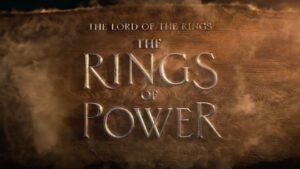
It was largely because of my growing excitement for what, three years ago, I and many others in the Tolkien community still believed to be the story of a young Aragorn’s adventures, that writing about film and TV became a passion of mine. The revelation in early 2019 that Amazon actually planned to tackle the sprawling Second Age of Middle-earth in their massive series was the tipping-point, finally convincing me to start a blog where I could talk about The Lord Of The Rings – and all my favorite films, TV shows, and franchises, but first and foremost, it’s always been about The Lord Of The Rings for me.
Over the past two years, I’ve followed this series’ long and tumultuous production every step of the way, going over each new casting announcement and filming delay with all of you. Together, we’ve rejoiced over Howard Shore’s return to Middle-earth, discussed Amazon’s controversial decision to move production to the United Kingdom, and had great fun exploring all the nooks and crannies of the Second Age in preparation for a series that is somehow too far away and yet scarily too close. Today, it feels closer than ever, and…I’m not prepared. Not physically, not mentally, certainly not emotionally. I’m a wreck, that’s all there is to it.
As you might have heard, or guessed, or realized from the video embedded at the top of this post, the cause of my emotional distress is the first brief teaser for Amazon’s The Lord Of The Rings – or should I say, The Lord Of The Rings: The Rings Of Power. It shows not a single frame of footage from the series, which premieres on September 2nd. Trailers and such are still many months away (and please, Amazon, I beg of you, warn us all beforehand when the first trailer is about to drop, because I can’t just randomly wake up to that one day).
So what is this teaser, then? Well, simply put, it’s a title reveal. But it’s also quite literally a work of art. What at first appears to be a compilation of wholly CGI shots of molten metal flowing through spidery grooves in a wooden background, bubbling and cooling into the forms of thin silver letters (forming the title) is in fact actual footage of the actual forging of this piece at an actual blacksmith foundry by an actual blacksmith, named Landon Ryan. Members of TheOneRing.net’s staff were invited to witness the forging of the title, and shared details of their behind-the-scenes experience on their website.
The teaser is enhanced by what may be our first taste of Howard Shore and Bear McCreary’s score for The Rings Of Power, and by voice-over narration from Morfydd Clark, who recites the iconic verse of poetry inscribed on the One Ring, greatest of all the Rings of Power. I doubt I need to remind you of what it says, but I can’t help myself because I get chills even typing out the words; “Three Rings for the Elven-kings under the sky; seven for the Dwarf-lords in their halls of stone; nine for Mortal Men doomed to die; one for the Dark Lord on his dark throne; in the Land of Mordor where the Shadows lie”.
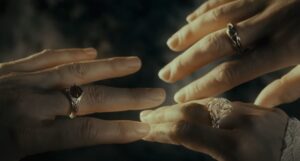
Clark is all but officially confirmed to be playing Galadriel, so her narration here establishes a clear link with Peter Jackson’s film trilogy, which also began in the Second Age with voice-over from Cate Blanchett’s version of Galadriel. As one of the oldest Elves in Middle-earth, and certainly among the most active in all three Ages of the world, she’s simply the ideal choice for a narrator. Elrond and Gil-galad are too young, nobody knows Círdan (to be fair to Círdan, that was by choice; dude’s most notable accomplishment was giving his own Ring of Power to Gandalf the first chance he got), and Glorfindel is still dead…for now.
Of course, the flashbacks to the Second Age in Peter Jackson’s films were necessarily brief, condensing thousands of years worth of lore from J.R.R. Tolkien’s appendices to The Lord Of The Rings into a short and succinct prologue sequence. But The Rings Of Power, according to showrunners J.D. Payne and Patrick McKay, “unites all the major stories of Middle-earth’s Second Age”, including “the forging of the rings, the rise of the Dark Lord Sauron, the epic tale of Númenor, and the Last Alliance of Elves and Men”.
Their words would seem to indicate that, despite mounting evidence that Isildur and his family are major characters in season one of The Rings Of Power, events long before their time – such as the actual forging of the Rings in Eregion and the war of the Elves and Sauron – will also be adapted in great detail and depth. Unless The Rings Of Power jumps across timelines in the style of The Witcher‘s first season, what we might be seeing is a case of a compressed timeline; all the major events of the Second Age happening roughly simultaneously, instead of spaced out across 3,441 years.
I know that would be divisive with some fans, but unless the rumors of Isildur are all baseless (which at this point seems highly unlikely), it’s the only scenario I can see where the forging of the Rings isn’t squeezed into the first two episodes, which apparently form a roughly three-hour long prologue to the main events of the series (at least according to TheOneRing.net). And given that the Rings of Power now feature in the title, it’s difficult to believe that their creation will again be abbreviated for a prologue – even a supersized one – when the series could easily dedicate multiple episodes to their forging.
There are very few other clues in this teaser as to what stories will be adapted in season one, although the wave of water that floods the screen just as Galadriel reaches the line in the Ring Verse that talks about “Mortal Men doomed to die” is a nice bit of foreshadowing for one of the cataclysmic events that brought the Second Age to its end. If you know, you know.
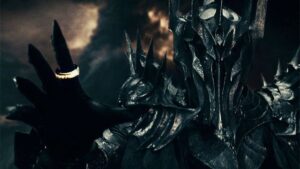
Honestly, none of us really know what to expect from The Rings Of Power. We have this one teaser, one screenshot from the first episode that is more confusing than illuminating, and a vague synopsis. But the marketing campaign has officially begun, and a full-length trailer, first look photos, interviews with the cast and crew, and plenty of other goodies are coming. The months between now and September 2nd will fly by as swiftly as the four years we’ve spent waiting for this exhilarating moment, and I can only hope that when that day arrives, I will be ready.
Because right now, as I finish off this review and think about how I’m going to dissect and examine this minute of footage for the next month, how it is literally going to consume my life until I get another crumb of content and make that my new obsession, one thing is for sure; I’m not ready yet.



